Musicians' blog
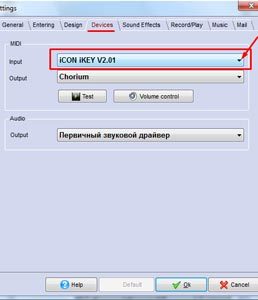
MagicScore has different ways of entering notes. One way is entering notes via MIDI keyboard.
You can use MIDI keyboard for real-time or step input to create sheet music and all that you play on it will be writtеn into your score automatically.
Before you can start recording please make sure your MIDI keyboard is connected with your computer. Then go to Service -> Settings -> Devices tab and choose your device in the list:
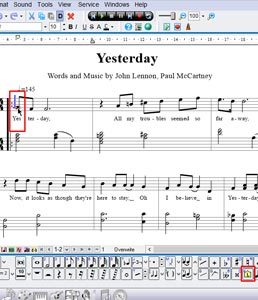
MagicScore has several easy ways to enter lyrics into your score.
You can use special buttons on the Notes and Design toolbars, or use a special editor to enter lyrics. Below we describe several ways to do this.
The special lyrics editor for creating and editing text. You can find it in the Additional menu:
Read More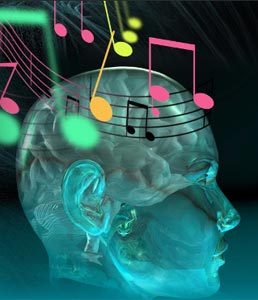
MUSICAL TRAINING: A DIFFERENT WAY
Short table of contents:
1. Introduction from which you can deduce whether you need to continue reading
2. The first source of understanding music: A little about boring things, or “What elements make up the language of music”
3. The second source of understanding music: Musical culture, or “Why we need the language of music”
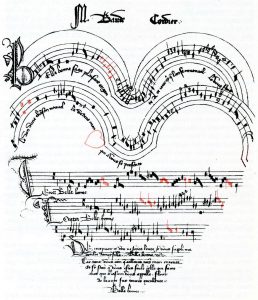
О современной графической нотации в MagicScore Maestro 8
Первые образцы графической нотации появились ещё в начале XV века, у представителей стиля Ars subtilior, который часто называют музыкальным маньеризмом. У авторов, относящихся к этому направлению, внешний вид нот представлял собой произведение визуального искусства. Как, например, знаменитое рондо Бода Кордье (Baude Cordier), нотированное в форме сердца
Read MoreПолучите ноты и 100% реальное воспроизведение быстро и просто.
Программа MagicScore SongWriter 8.2 -это программа для написания песен, нотного набора, создания репетиционного и обучающего материала, преподавания музыки и изучения музыки. MagicScore SongWriter наиболее инновационная программа из линейки MagicScore. Мы позаботились о том, чтобы при ее использовании Вы не отвлекались на работу самой программы, а максимально могли сконцентрироваться на музыкальном творчестве. Для этого в MagicScore SongWriter 8.2 были добавлены и улучшены следующие возможности
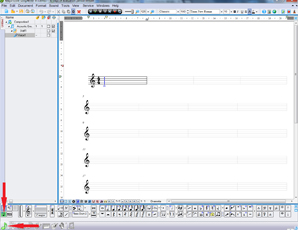
Ввод клавиатурой в программах MagicScore
Программы MagicScore отличаются очень простыми способами ввода, что значительно сокращает время на освоение программ. Ввод клавиатурой является одним из наиболее быстрых способов ввода, поэтому чаще всего используется наборщиками нот. Убедитесь, что активна кнопка  на панели Ноты.
на панели Ноты.
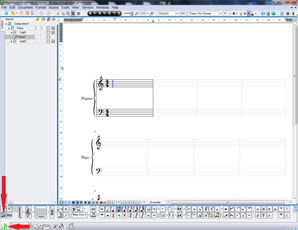
Ввод мышью в программах MagicScore.
Для того, чтобы активизировать Ввод Мышью, переключите кнопку в левом нижнем углу панели Ноты в это состояние:

Если использовать исключительно мышь для ввода нот, то длительности выбираются скроллом или кликом по соответствующей кнопке на панели Ноты.

Также можно использовать клавиатуру, выбирая длительности цифрами от 1 до 8.
Read More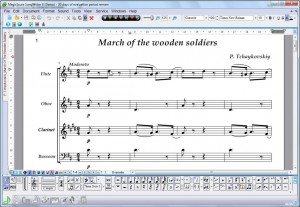
Набирайте и оформляйте ноты 1,5 раза быстрее с функцией Активного Фокуса
Используя функцию “Фокус”, вы можете значительно сократить время на создание партитуры. Основным приоритетом является то, что, при использовании “Фокуса”, не надо делать лишних кликов для выделения, а курсор остается в той позиции, в которой и был. То есть “Фокус” упрощает и ускоряет редактирование нот в первую очередь при вводе, но также он удобен просто при редактировании партитуры, поскольку избавляет от необходимости делать лишние клики.
Read More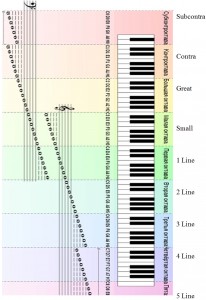
5. Scales and Accidentals
Scales are a set of sounds ordered by their pitches. The pitch of a sound is just one part of how we perceive the note in a piece of music. Each sound that we hear has a specific volume, color (timbre), and pitch. Even people with little or no experience in music can easily tell the whirr of a motor (a low sound) from the whining of a mosquito (a high sound), or a man's low pitched voice from a child's higher sounding voice and so on.

4. Rhythm
In order to correctly read and play a rhythm you have to learn how to correctly count beats and their subdivisions. In a duple meter like 2/4 or 4/4 you count the principal beats up to two, in a triple meter such as ¾ time you count the beats up to three and so on.
What is the principal beat? These are the length of notes specified by the denominator of the time signature. A 4 means that quarter notes are the principal beat. A 2 would mean that half notes are the principal beat.
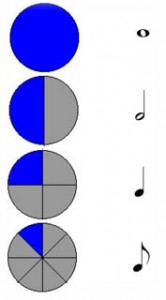
3. Time Signature and Durations
OK, now we know how pitches are notated and can play them. We only need to understand at what moment of time each sound has to be played. It’s easy!
The music essentially has grown from two kinds of activities: dancing and singing. Dancing is a series of moves or steps. From one foot to another, in time with the music. And singing... Singing has no steps, but it has accents, stressed syllables of the lyrics. Military songs have both. However, lets us move from the simple to the complex.
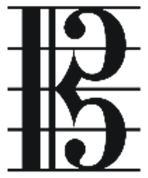
1. Clefs and staff
For the most amateur musicians, music notation looks odd and obscure. Yet we all know that any problem can be solved and any riddle can be guessed, given a... clue. The good news is that music has such clues or keys, or clefs. There are several clefs, each having its own name.
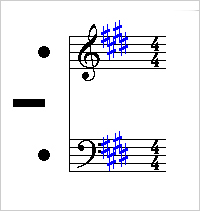
Recently, the abbreviation OMR can be often seen on the Web and in the media. It stands for Optical Music Recognition (similar to OCR = Optical Character Recognition). OMR is definitely a very promising computer technique aimed at the facilitation and speeding-up of the initial conversion of printed music into digital form.
Attempts of music recognition started as early as in 1980s; however, until recently, the results have been unsatisfactory. Partly, this can be accounted for by the use of MIDI as the data exchange format. This is the reason why, in all my public and private discussions of Finale, I, without any doubt, gave a preference to music entry using the Speedy tool.
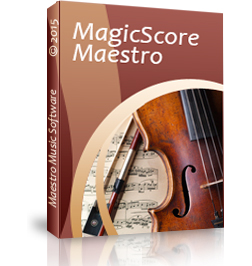
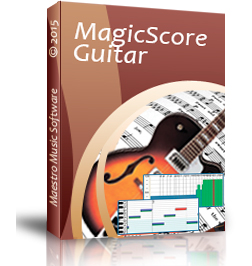
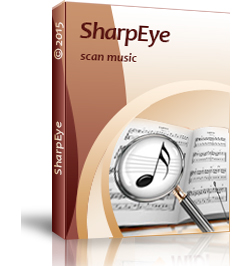





 Русский
Русский English
English Deutsch
Deutsch